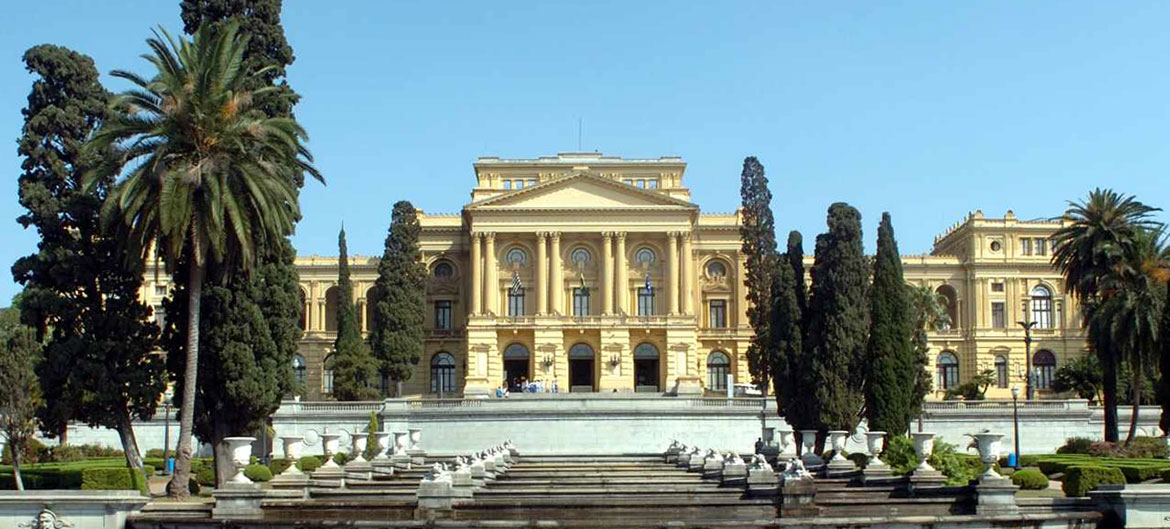University of São Paulo: Changes in High School can represent a dilution in learning and teaching
This year, the new High School will take effect , which will bring about changes in public and private education throughout the country. The Ministry of Education also announced the restructuring of the National High School Exam (Enem) so that it is aligned with the new guidelines.
These changes are promoted in a scenario of crises and difficulties in Brazilian education intensified by the pandemic. A survey by the São Paulo Department of Education, for example, indicates that secondary education, which was no longer doing well, had a sharp drop between 2019 and 2021.
In an interview with Jornal da USP no Ar 1st Edition , Ocimar Alavarse, professor of the Undergraduate and Graduate Programs at the USP Faculty of Education (FE) and coordinator of the Group of Studies and Research in Educational Assessment (Gepave), analyzes the context in which these changes are made.
Alavarse comments that the data indicate a gap in students’ reading and solving mathematical problems. “These two competencies are very important,” he says. “Reading ability interferes with the use of all school subjects, as well as problem solving, which, although associated with mathematics, is related to logic and reasoning”, he adds.
The teacher highlights the efforts and initiatives of schools, teachers and families to ensure the quality of education during the pandemic, but says that this was not enough, which highlights the limitations of remote teaching. In this year 2022, when students are returning to face-to-face teaching, interaction between students and teachers is essential for the learning process. However, this scenario can accentuate differences between students and, possibly, accentuate inequalities. “If we want the success of all students in basic education, extra attention is needed.”
Alavarse also highlights that students who graduated during the pandemic are the most affected, as they lost the link with basic education institutions. On the other hand, students who have more time to graduate can somehow mitigate some damage.
New High School
The teacher makes reservations about the changes adopted in this context. “It is a proposal, from my point of view, very vague, which will talk about training itineraries with many possibilities. The risk is that these many possibilities end up meaning a dilution in the learning and teaching process.”
Among the new guidelines are increased workload and a curriculum based on areas of knowledge. These changes can have negative implications for students who intend to continue their studies in higher education. “Under these conditions, with these characteristics of the so-called new high school, the difficulties can be even greater, remembering that we are talking about processes that often involve the dispute for places”, he concludes.

